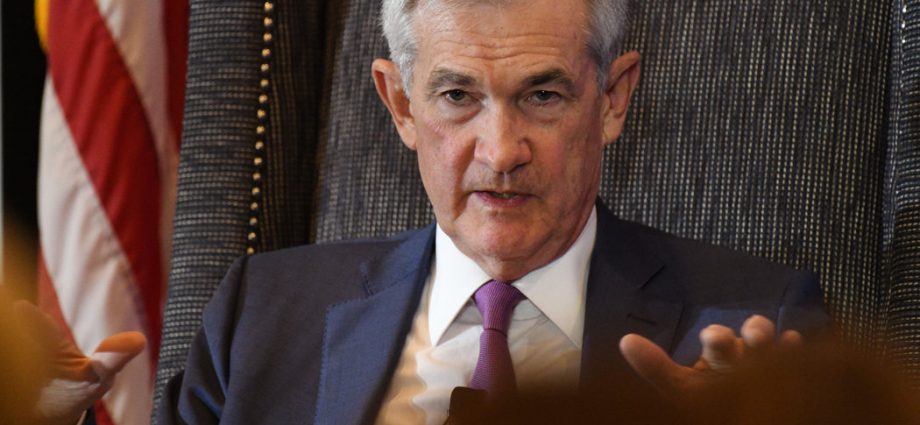WASHINGTON — Several Federal Reserve policymakers, at their most recent meeting, voiced concern that weaker business activity and investment could lead to slower hiring and consumer spending, according to minutes of the meeting published on Wednesday.
The Fed cut interest rates for a second time this year at that meeting, in mid-September, after a reduction in July that was its first since the Great Recession. The moves are meant to insulate the economy from major fallout as trade tensions stoke uncertainty and a global slowdown bleeds into American factories.
Policymakers at the September meeting expected the economy to continue growing steadily with the help of their rate cuts, the minutes showed. But they were increasingly worried about risks to that outlook from President Trump’s trade war, the threat of a chaotic British exit from the European Union and protests in Hong Kong.
“Participants generally had become more concerned about risks associated with trade tensions and adverse developments in the geopolitical and global economic spheres,” according to the minutes. “Several participants mentioned that uncertainties in the business outlook and sustained weak investment could eventually lead to slower hiring, which, in turn, could damp the growth of income and consumption.”
The Federal Reserve has two main tasks: promoting maximum employment and maintaining stable inflation, which it defines as 2 percent annual price gains. To achieve those goals, policymakers adjust interest rates to try to keep the economy growing at a steady and sustainable pace.
The policy-setting Federal Open Market Committee has become increasingly divided over how to achieve those objectives. That is because the economy’s prospects have been clouded by the trade war and other uncertainties even as consumer spending and job growth have held up.
Some policymakers favor lowering borrowing costs now to insulate the economy against potential shocks, arguing that changes in monetary policy affect the economy with a big lag. But others want to wait for a more pronounced weakening in the economic data, or worry that lowering rates could fuel financial bubbles.
Three people voted against the decision to cut rates in September, the most dissents since Jerome H. Powell became chair last year. Esther George, president of the Federal Reserve Bank of Kansas City, and Eric Rosengren, president of the Boston Fed, did not want to lower rates, while James Bullard, president of the St. Louis Fed, backed a bigger rate cut.
Little has changed since the central bank’s September meeting, and while key officials including Mr. Powell and Richard Clarida, the Fed’s vice chair, have avoided signaling whether or when they will seek to lower borrowing costs again, many investors expect another rate cut when policymakers meet at the end of this month.
Speaking in Denver on Tuesday, Mr. Powell said that “policy is never on a preset course and will change as appropriate in response to incoming information.” He noted that while the job market was strong and inflation was rising toward the Fed’s 2 percent target, “there are risks to this favorable outlook, principally from global developments.”
Despite their positive assessment of the current economy, Fed policymakers were attuned to risks other than the trade war when they met last month, the minutes showed.
Several noted that some statistical models suggested that the likelihood of a coming recession “had increased notably in recent months.” But a couple of officials stressed that such models were difficult to interpret.
Some were concerned that a prolonged inversion of the yield curve — a common recession signal in which interest rates on longer-dated bonds fall below those on short-term debt — could “be a matter of concern.” And “several” were concerned about financial stability, citing a buildup of corporate debt, stock buybacks financed with low-cost debt and rapid lending in the commercial real estate market.
Despite the mounting risks, “a few” Fed officials felt that markets were expecting too many Fed interest rate cuts, “and that it might become necessary for the committee to seek a better alignment.”

